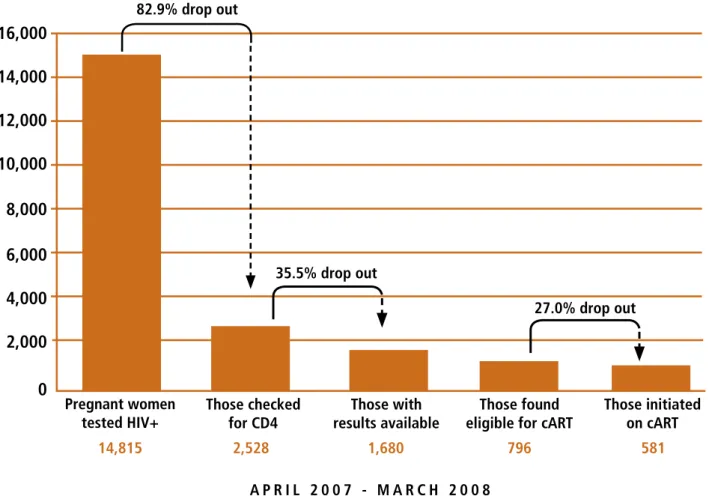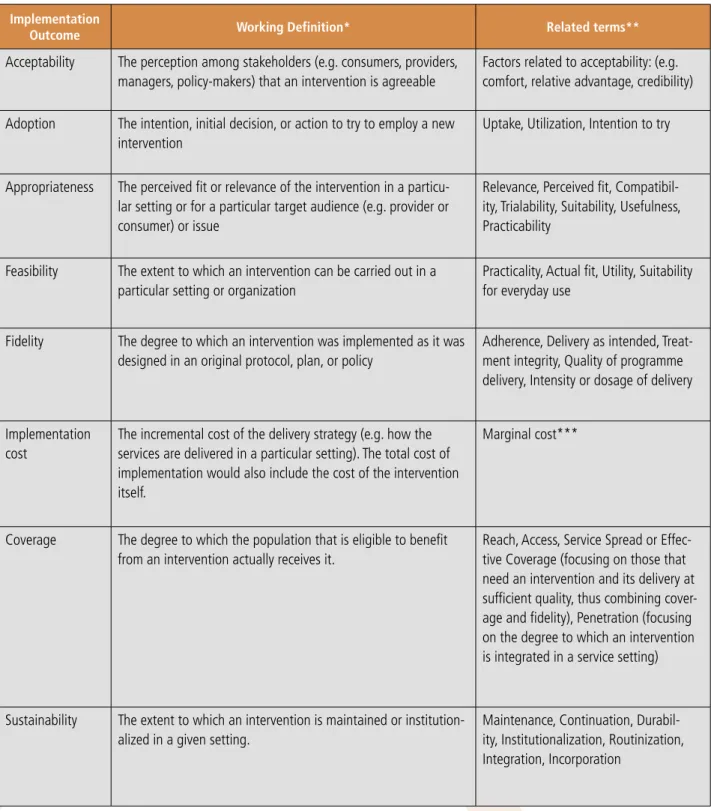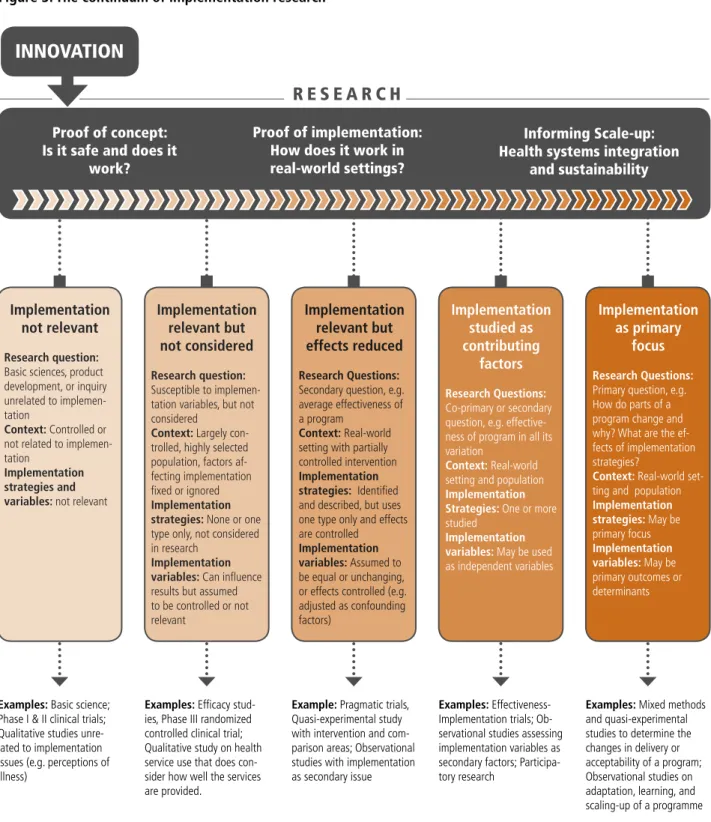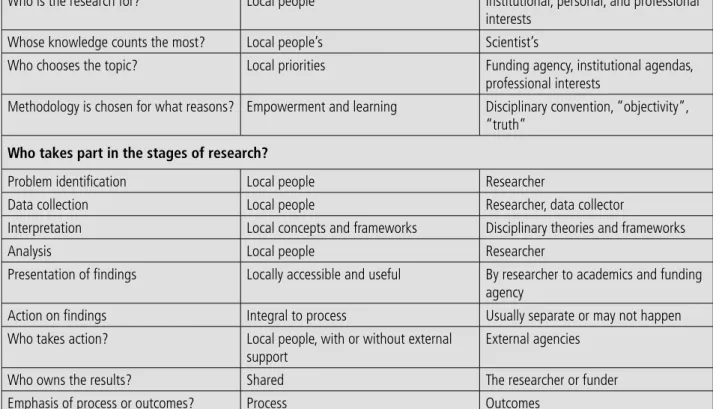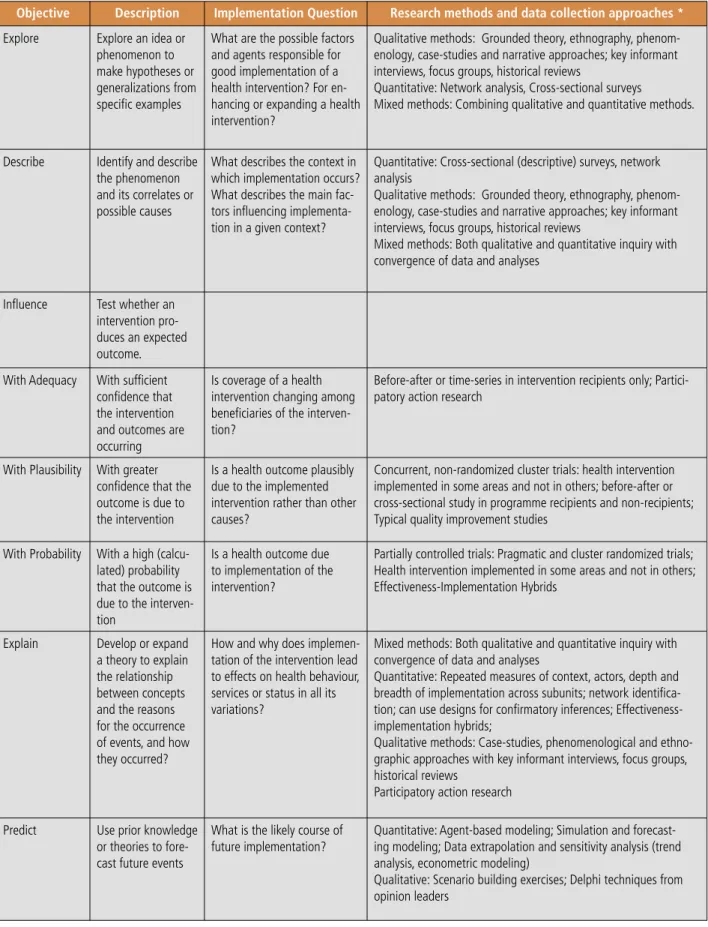Interest in implementation research is growing, largely in recognition of the contribution it can make to maximizing the beneficial effects of health interventions. Implementation research is often most useful where implementers have played a role in the identification, design, and implementation phases of the research conducted.
Why is research on implementation needed?
Very often it is the person on the ground – the doctor in the remote rural clinic or the midwife working in the local community – who,. A similar scheme was launched in the United Republic of Tanzania with considerable success in the late 1990s.
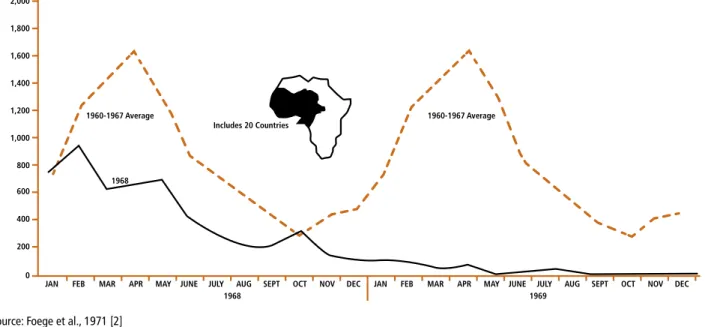
How is implementation research used?
As the example of the ITN in Ghana cited in the previous chapter shows, implementation research has an important role to play in elucidating the contextual factors that may affect the outcomes of interventions. IMCI also depends on the extent to which patients take advantage of the services offered, and implementation research can be of particular value in identifying and describing barriers to access, as evidenced by research on the “three-delay model” (decision to seek care, transportation to care and quality care once in a health facility) which. Implementation research can also be used to measure performance over time and serve as a basis for future projections.
In relation to supporting quality improvement and health system strengthening, as with all health policy and systems research – of which implementation research is a form – the core con-. For this reason, some of the best implementation research is often supported, if not actually conducted, by practitioners in the field – the. Implementation research is also of great value where it allows for an iterative approach to improvement, as illustrated by the case of El Salvador, where, in 2002 a.
In discussing the importance of implementation research and highlighting some of its key applications, it is perhaps worth acknowledging that implementation research cannot provide all the knowledge needed for successful implementation. That said, it is clear that the boundaries between tacit knowledge and the kind of formal knowledge derived from implementation research often overlap. The next chapter will discuss what exactly implementation research is, providing a practical definition that is applicable to the various research areas it covers.
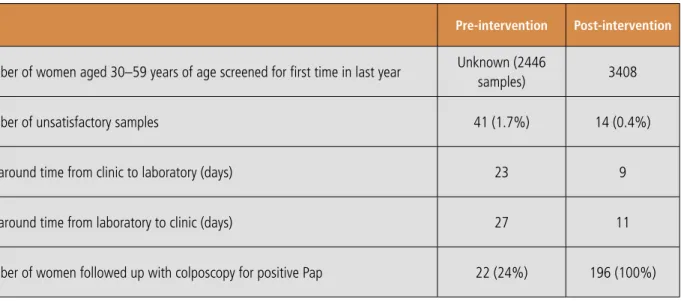
What is implementation research?
Implementation research can focus on the implementation strategy itself, or integrate consideration of the implementation strategy into a broader study of the health intervention. Such a framework also enables much-needed research on the comparative effectiveness of implementation strategies. The incremental costs of the delivery strategy (for example, how the services are delivered in a given environment).
Many cost analyzes examine the total cost of implementing an intervention, including the cost of the intervention itself, as well as the cost of implementing a particular delivery strategy in a given setting. As discussed earlier, one of the criticisms sometimes leveled at implementation research is that it lacks a definition as a field of study. So, on the left side of the flowchart, we find research that doesn't involve implementation issues at all (like basic research on a Zivoudine as a way to prevent mother-to-child transmission of HIV).
While to the right of the graph, we find research that is primarily concerned with the question of implementation in real-world settings (for example, how to ensure that pregnant women who test positive for HIV in low-income countries receive prophylactic Zivoudine treatment needed to reduce the risk of HIV transmission to her baby). This chapter has presented some of the basic ideas that make up implementation research, including a practical definition that can be used across research traditions. It has also attempted to provide a typology of implementation barriers and problems, a description of implementation strategies, and a description of implementation outcome variables that can be used in research to describe different aspects of the ways in which implementation occurs.
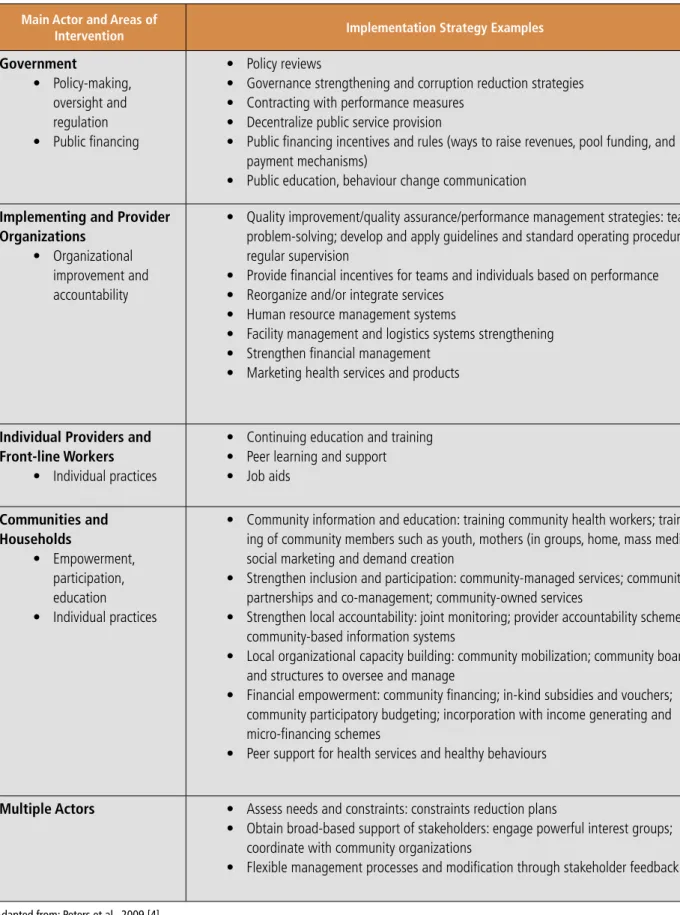
Who should be involved in implementation research?
Given the nature of the questions asked in implementation research, it is clear that implementers play a critical role in its implementation and must play an active role rather than being participants or passive partners in the overall research process. A key driver for the way implementation research is conducted is the way it is funded. The framework includes questions that need to be answered – sometimes through implementation research – as part of the nine steps implementers should consider when scaling a program [16].
This difference in agenda was clearly evident in the rollout of the study on the use of materials to improve visibility for motorcycle safety in Malaysia (Box 5). This is partly a reflection of the complexity of healthcare systems and the way in which the multitude of actors operating within them interact. Furthermore, because of the importance of processes in implementation research, an understanding of the context and systems, and the flexibility and creativity to identify appropriate methodological approaches, may be as important as, or even more important than, following a set research design that is based on a particular disciplinary perspective.
Eventually, the trial was given a public launch to raise awareness of the issue and the project was eventually dubbed the 'Be Seen and Be Safe' motorcycle safety campaign. The results of the study will contribute to understanding how strengthening management in sub-Saharan Africa can improve the performance of the workforce and the wider healthcare system. This chapter has attempted to identify the key issues related to implementation research, with a particular emphasis on the importance of conducting implementation research in practice, paying attention to the context and taking into account the needs of the public for whom the research is being conducted. is meant.
What approaches and methods are appropriate for implementation research?
Ekjut, which helps women's groups improve maternal and neonatal health in tribal areas of the Indian states of Jharkhand and Odisha (Box 9) [54]. The purpose of realist review is to enable decision makers to achieve a deeper understanding of the intervention and how its potential can be maximized in different settings. The first step in realist review is therefore to discover and make explicit the underlying assumptions of the intervention in question, revealing how it is intended to work in theory.
This may include questions such as: Which parts of the program work and which do not. Fully mixed designs use qualitative and quantitative methods at every stage of the research, including sampling and data collection, analysis, and drawing inferences. It is also worth noting the valuable insights that have emerged from some of the work done in implementation theory.
Constructs such as the strength and quality of evidence are related to the domain of intervention, while issues such as patient needs and resources are part of the external setting. The next chapter will focus on tailoring implementation research to needs, both in terms of the response imposed by the material researched and in terms of the needs of the intended audience. How and why does the implementation of the intervention lead to effects on health behavior, services or status in all its variations.
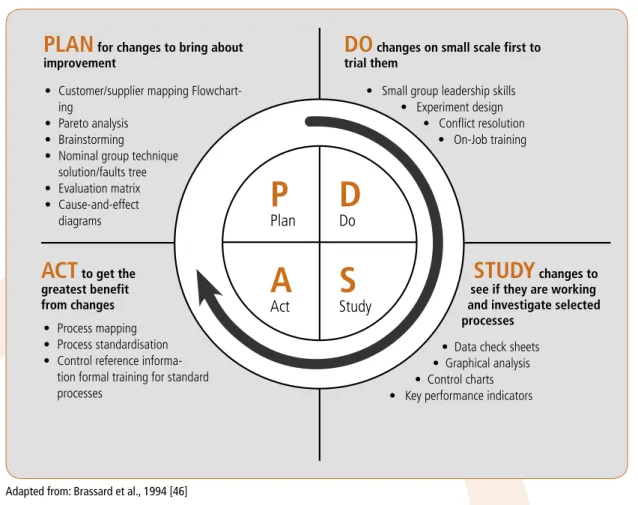
How should implementation research be conducted?
The challenge that complexity presents is even greater when the research design itself is complex and requires multiple methods and different sources of information. As in other areas of research, there are no hard and fast rules to justify the choice of a particular research method for implementation research, other than that the methods used should reflect the questions asked. An understanding of the research purpose and specific research question is a good starting point and should be based on the proposed theory of change.
Generally speaking, however, evidence for implementation usually relates to a clinical or public health intervention that has already been shown to work. Standards for assessing the quality of conventional quantitative and qualitative methods of research are largely the same when the research involves implementation. Because none of these guidelines focus on the specific issues related to implementation research, we propose the following set of questions that can be used as a summary guide to assess the issues specifically related to implementation research that can be used in addition to the conventional guidelines.
It should be noted that these guidelines are designed to assist in the reporting and evaluation of research reports, but they can also be adapted for the purposes of evaluating research proposals or designing implementation research. This chapter has sought to identify key considerations for implementation researchers seeking to optimize the impact of the work they do. In the next chapter we will look at the challenges facing the field of implementation research itself and discuss ways in which practitioners and researchers can do more to support this vital field of study and make better use of the potential it offers. .
How can the potential of implementation research be realized?
Hansen, P.M., et al., Measuring and Managing Progress in Establishing Basic Health Services: The Balanced Scorecard for Afghanistan's Health Sector. Edward, A., et al., Configuring Balanced Scorecards for Measuring Healthcare System Performance: Evidence from Five Years of Evaluation in Afghanistan. Smith, M., et al., Best Care at Lower Cost: The Path to Continuously Learning Healthcare in America.
Ciliska, D., et al., Dissemination and dissemination of evidence-based nutritional strategies for cancer prevention. Curran, G.M., et al., Hybrid models of effectiveness and implementation: Combining elements of clinical effectiveness and implementation research to improve public health impact. Tran, N., et al., Involving policy makers in road safety research in Malaysia: A theoretical and contextual analysis.
Zwarenstein, M., et al., Improving the reporting of pragmatic judgments: An extension of the CONSORT statement. Davidoff, F., et al., Publishing guidelines for quality improvement in health care: The evolution of the SQUIRE project. Damschroder, L.J., et al., Promoting the implementation of health services research findings into practice: A consolidated framework for advancing implementation science.
